________________________________________________________________________________
Massey Ferguson 230, 235, 240, 245, 250 gasoline engine - Adjustment and repair
Cylinder head
Remove and reinstall - Drain Massey Ferguson 230, 235, 240, 245, 250
cooling system and remove hood. Shut off fuel, disconnect gage wire and
remove fuel tank. Disconnect upper radiator hose from thermostat housing
and wire from temperature gage sending unit. Disconnect air cleaner
hose, fuel line, choke and throttle rod from carburetor, then remove the
carburetor. Disconnect exhaust pipe on low exhaust models or remove
muffier on vertical exhaust models. Remove intake and exhaust manifold,
radiator brace, rocker arm cover and the rocker shaft assembly. Don't
let push rods fall down into the cylinder block while removing the
rocker shaft assembly. Lift all eight push rods out, remove spark plugs,
then loosen cylinder head retaining screws. Remove the cylinder head
screws and lift head off. Inspect cylinder for warpage, cracks or other
damage. Original thickness of cylinder head is 86.52 mm (3.406 inches).
Cylinder head may be machined up to 0.76 mm (0.030 inch) to obtain a nat
gasket surface. Install by reversing removal procedure and observing the
following: Cylinder head gasket is marked "BOTTOM" which should be
toward block. New gasket should need no sealer; however, if difficulties
with gasket sealing are encountered, coat both sides of gasket with heat
resisting aluminum paint or appropriate sealer immediately before
assembling. Tighten the cylinder head retaining cap screws. Tighten the
screws evenly, increasing torque in 15-20 Nm (10-15 ft-lbs.) increments
until the final torque of 95-102 Nm (70-75 ft-lbs.) is obtained. Be
careful not to permit push rods to fall into block while installing
rocker arm assembly. Make sure that caps are in position on all valve
stems. Tighten rocker arm shaft support screws to 27-34 Nm (20-25
ft.-lbs.) torque. Adjust valve clearance cold to 0.33 mm (0.013 inch)
for intake and 0.38 mm (0.015 inch) for exhaust. Tighten intake and
exhaust manifold screws to 34-40 Nm (25-30 ft-lbs.) and spark plugs to
43-52 Nm (32-38 ft.-lbs.) torque. Retorque cylinder head retaining cap
screws to 95-102 Nm (70-75 ft.-lbs.) and readjust valve clearance to
"Hot" setting after engine has been started and reaches operating
clearance.
Valve clearance adjustment - The recommended valve clearance with Massey
Ferguson 230, 235, 240, 245, 250 engine cold is 0.33 mm (0.013 inch) for
intake valves and 0.38 mm (0.015 inch) for exhaust valves. Recommended
clearance with engine hot (normal operating temperature) is 0.28 mm
(0.011 inch) for intake valves and 0.33 mm (0.013 inch) for exhaust
valves. Valve clearance can be adjusted as follows: Remove timing plug
from left side of cylinder block and turn crankshaft until top dead
center timing mark is aligned with timing notch in housing. Check rocker
arms for No. 1 and No. 4 cylinders. If rocker arms on No. 4 cylinder are
tight, No. 1 cylinder is on compression stroke and valves indicated can
be adjusted. If rocker arms on No. 1 cylinder are tight, No. 4 cylinder
is on compression stroke and valves indicated can be adjusted. After
adjusting the four valves indicated, rotate crankshaft one complete turn
and adjust clearance of the remaining fourvalves.
Valves and seats - Intake valves seat directly in cylinder head and
valve stems are equipped with neoprene oil seals. Positive type valve
stem seal kit is available; however, valve guides must be machined to
accept seal. Exhaust valves have renewable seat inserts and stems are
equipped with positive type valve rotators. Replacement exhaust valve
seat inserts are provided in 0.25 mm (0.010 inch) oversize only. When
renewing the seal inserts, remachine cylinder head so insert counterbore
measures 31.991-32.017 mm (1.2595-1.2605 inches) to provide recommended
0.08-0.13 mm (0.003-0.005 inch) interference fit. Intake valve face and
seat angle is 30 degrees. Exhaust valves have a face angle of 44 and
seat angle of 45 to provide the recommended 1 degree interference angle.
Desired seat width is 1.6-2.4 mm (1116-3/32 inch) for all valves. Seats
can be narrowed using 15 and 75 degrees stones.
Valve guides - The presized intake and exhaust valve guides are
interchangeable. Inside diameter of new guides is 8.019-8.057 mm. Inner
bore of new guides has a fine, spiral groove or rifling which gives
guide an unfinished appearance upon inspection, but guide must not be
reamed. To renew the guides, press old guides downward out of cylinder
head using a piloted mandrel. Press new guide in from the top until
distance measured from rocker arm cover gasket surface to top of guide
is 2.38 mm (13/32 inch). Valve stem diameters and clearance limits in
guides are as follows: Valve Stem Diameter-Intake 7.978-7.998 mm
(0.3141-0.3149 in.) / Exhaust - 7 935-7.955 mm (0.3124-0.3132 in.).
Clearance-Intake 0.021-0.079 mm (0.0008-0.0031 in.) / Exhaust
0.064-0.122 mm (0.0025-0.0048 in.).
Cam followers - The mushroom type cam followers (tappets) operate
directly in machined bores of the cylinder block and are available only
in standard size of 14.262-14.275 mm (0.5615-0.5620 inch). Clearance in
bore should be 0.013-0.046 mm (0.0005-0.0018 inch). The cam followers
can be removed from below after removing camshaft. Cam followers should
be reinstalled in their original positions if being reused. Cam
followers should be renewed if camshaft is renewed.
Rocker arms - Rocker arm bushings are not renewable. Renew rocker arms
and/or shafl if clearance between shaft and bushing is not within limits
of 0.013-0.046 mm (0.0005-0.0018 inch). Rocker shaft is positioned by
locating pin in shaft which fits in a notch in front face of the third
support bracket. Begin assembly by installing pin in notch of bracket.
Install one rocker arm stamped "7R", spring rocker arm stamped, another
bracket, another rocker arm stamped "7R", short spring, washer and
cotter pin to the short end of shaft. Install remaining parts to longer
end of shaft. Rocker arms are alike and stamped "7R". Rocker arms are
alike and stamped. Springs are identical as are support brackets. Short
spring, washer and cotler key are used at each end.
Timing gears cover
Remove and reinstall - First separate the front system from the MF 230,
235, 240, 245, 250 engine as follows: Drain cooling system, remove front
grille panels and disconnect battery cables. Remove fuel tank cap,
radiator cap and hood. Disconnect headlight wires and pull wiring free.
Disconnect both radiator hoses, radiator brace and, on Massey Ferguson
230, 235, 240, 245, 250 tractors so equipped, hydraulic oil lines and
front mounted pump. Support tractor at front of transmission. Position
wedge blocks between front axle and axle support. Support the front end
assembly at front and rear. Disconnect drag links and radius rods at
rear of models so equipped. On models with drag links, attach drag links
to axle so wheels will be straight ahead and will not turn. On models
with power steering, disconnect lines, remove the power steering pump
and cover all hydraulic steering openings. On all MF 230, 235, 240, 245,
250 models, unbolt the front assembly and carefully roll away from
tractor. Remove the fan belt and crankshaft pulley. Detach the spring
and rod from the governor control lever. Unbolt the timing gear cover
from engine block and oil pan, then carefully pull cover forward off
dowels. The crankshaft front oil seal can be renewed at this time. Press
seal out, do not pry, to prevent damage to cover. Press new seal into
position from inside with lip toward inside. The inside edge of seal
should be flush with rear of seal bore in cover. Install cover by
reversing removal procedure. Be sure that driving lug on governor cup is
at 6 oclock position before installing cover. Trim the gasket between
cylinder block and cover until ends are flush with cylinder block.
Sealing between the timing gear cover and oil pan is more easily
accomplished by installing oil pan with new gasket after cover is
installed. Tighten the timing gear cover to engine block screws to 34-40
Nm torque, and the oil pan to timing gear cover screws to 16-22 Nm 02-16
torque.
Timing gears - Timing gears can be renewed after removing timing gear
cover. Withdraw governor race and shaft assembly from camshaft. Remove
nul retaining camshaft gear to camshaft and lift off the governor ball
driver assembly. Remove liming gears using suitable puller. Be careful
not to damage governor shaft bore in camshaft when pulling camshaft
gear. Recommended backlash between crankshaft and camshaft gears is
0.03-0.05 mm (0.001-0.002 inch). Gears are available in standard size,
undersizes and oversizes. Gears are marked "S" (standard), "U"
(undersize) or "O" (oversize) and the number "1" or "2" denotmg
0.001-0.002 inch oversize or undersize. Correct backlash between
crankshaft and oil pump gears is 0.089·0.107 mm (0.0035-0.0042 inch).
During installation, mesh the single punch marked tooth on crankshaft
gear with the double punch marked tooth space on camshaft gear. Heating
camshaft gear in oil or in an oven to approximately 149C (300F) will
facilitate gear installation. Remove oil pan and support camshaft in a
forward position while gear is being installed to prevent loosening and
leakage of camshaft rear plug. Tighten the camshaft gear retaining nut
to a torque of 95-108 Nm.
Camshaft - Remove the camshaft, first remove camshaft timing gear.
Remove fuel tank, rocker arm cover, rocker arms and shaft assembly and
push rods. Remove the ignition distributor and oil pan. Block up or
support the cam followers. Remove the screws securing camshaft thrust
plate to engme block and withdraw camshaft from front of engine. All
camshaft journals ride directly in machined bores in the cylinder block.
Normal diametral clearance is 0.064-0.114 mm (0.0025-0.0045 inch). Renew
camshaft and/or cylinder block if clearance exceeds 0.18 mm (0.007
inch). Camshaft journal diameter is 45.92-45.95 mm (1.808-1.809 inches)
for front journal, 44.34-44.36 mm (1.7455-1.7465 inches) for center
journal and 42.75-42.77 mm (1.683-1.684 inches) for rear journal.
Camshaft end play is controlled by thrust plate and is normally within a
range of 0.076-0.178 mm. Thickness of thrust plate when new is
3.735-3.785 mm (0.147-0.149 inch).
Rod and piston units
Connecting rod and piston units are removed from above after removing
cylinder head and oil pan. Correlation marks on rod and cap should be
installed facing camshaft side of Massey Ferguson 230, 235, 240, 245,
250 engine. Replacement rods are not marked but should be stamped with
cylinder number before installation, on side of rod opposite the oil
spray hole. Piston skirts are notched at lower edge; notch is to be
installed to front of engine when unit is reassembled. Tighten the
connecting rod cap screws to a torque of 54-61 Nm (40-45 ft-lbs.).
Pistons, sleeves and rings - Pistons are available in standard size
only, and are available only in a kit which includes piston, pin, rings
and sleeve for one cylinder. Piston is cam ground. If piston and/or
sleeve are scored, if piston ring grooves or pin bore are worn or
damaged, or if cylinder wall taper exceeds 0.20 mm (0.008 inch), renew
piston and sleeve assembly. Piston ring kits are available separately.
Kits are marked for correct piston ring installation. Correct
installation of rings. Recommended piston ring end gap is 0.25-0.50 mm
(0.010-0.020 inch) for all rings. Recommended side clearance in ring
groove is 0.09-0.13 mm (0.0035-0.0050 inch) for top ring; 0.09-0.14 mm
(0.0035-0.0055 inch) for second and third compression rings. Renew
piston and sleeve assembly if side clearance of top ring exceeds 0.19 mm
(0.0075 inch), or 0.20 mm (0.008 inch) for second or third compression
rings. Install the piston rings in grooves. The piston rings are for use
in new sleeves, and rings are for service in worn sleeves. To install
rings for new sleeves observe the following: The top ring is chrome
plated, taper faced and may have inside diameter beveled. The side of
ring marked by dot or by bevel cut away should be toward top of piston.
The second and third compression rings are taper faced and should be
installed with side marked by dot toward top.
Install oil ring expander in groove first, then install rails with gaps
50 mm (2 inches) from the gap in expander. Gap in one rail should be to
left, other to right of gap in expander. Install rings for use in used
cylinder sleeves, observe the following. The chrome plated top ring is
taper faced. Install top ring with dot or beveled inside diameter toward
top of piston. The second compression ring should be installed with
beveled inside diameter or dot toward top. The third compression ring
should have expander behind ring and the relief cut into outside
diameter of ring should be down. The expander for the bottom oil control
ring should be installed first, followed by the two rails. One rail
should have end tap 50 mm (2 inches) to left of expander ends, the other
rail should have end gap 50 mm (2 inches) to right. The cylinder sleeves
have notched reliefs at bottom for connecting rod clearance. The relief
notches should be at right angles to crankshaft centerline. Use a
suitable puller to remove the wet type cylinder sleeves. Clean all
surfaces of cylinder block which contact sleeve or sleeve seals. Install
sleeve into cylinder block bore before installing any seal rings to
check for sleeve standout. Select the necessary thickness of shims to
provide 0.03-0.10 mm (0.001-0.004 inch) standout. Measure distance using
a straightedge and feeler gage and be sure that sleeve is fully seated
without nicks, burrs or foreign material preventing complete
installation. Excessive or insufficient standout will both cause water
leakage. After sleeve standout has been checked, install sealing rings
at bottom of sleeves. Make sure that seal rings are not twisted, then
lubricate seals with petroleum jelly. Press sleeves into place being
careful not to damage or lose shims. Notches should be perpendicular to
crankshaft.
Piston pins - The full floating piston pins are retained in piston
bosses by snap rings. Piston pins are available in standard size and
0.08 and 0.13 mm (0.003-0.005 inch) oversizes. Recommended clearance for
piston pin in both the connecting rod and piston is 0.005.0.015 mm
(0.0002-0.0006 inch). Standard piston pin diameter is 21.821-21.826 mm
(0.8591-0.8593 inch). Hone new bushings to 21.831-21.836 mm
(0.8595·0.8597 inch) after installation in connecting rod. Connecting
rods and bearings - Connecting rod bearings are of the precision type,
renewable from below after removing oil pan. When installing new bearing
shells, make sure that the projection engages the milled slot in rod and
cap and that rod and cap correlation marks are in register. Replacement
rods are not marked and should be stamped with cylinder number on side
away from oil spray hole. Correlation marks should be on camshaft side
of block when rods installed. Bearings are available in undersizes of
0.05, 0.25 and 0.50 mm (0.002, 0.010 and 0.020 inch) as well as
standard.
Crankshaft and bearings
The crankshaft is supported in three precision insert type main
bearings. The rear main bearing cap contains sealing strips on each side
of cap in addition to rear seal. Bearing inserts are available in
undersizes of 0.05, 0.25 and 0.50 mm (0.002,0.010 and 0.020 inch) as
well as standard size. Normal crankshaft end play of 0.10-0.20 mm
(0.004-0.008 inch) is controlled by the flanged center main bearing
inserts. To remove crankshaft, it is necessary to remove Massey Ferguson
230, 235, 240, 245, 250 engine, clutch, flywheel, rear oil seal, timing
gear cover, oil pan, oil pump main bearing and connecting rod caps.
Renew or regrind crankshaft if either main journals or crankpins are
worn more than 0.025 mm (0.001 inch), are tapered more than 0.025 mm
(0.001 inch), or are out-of-round more than 0.038 mm (0.0015 inch).
Renew or straighten crankshaft if runout (total indicator reading)
exceeds 0.076 mm (0.003 inch), checked at center main journal.
Crankshaft rear oil seal - The crankshaft rear oil seal is contained in
a one-piece retainer and serviced only as an assembly. To renew the
seal, first separate engine from transmission case and remove the
flywheel. Remove the oil pan and the two cap screws securing rear sea
retainer to main bearing cap; remove the three remaining cap screws and
lift off the oil seal and retainer unit. Apply a light coating of oil to
seal lip, and apply gasket sealer to mounting gasket. Position seal
retainer with the two threaded holes down. Reinstall cap screws and
tighten evenly to a torque of 11-14 Nm (8-10 ft.-lbs). Complete the
assembly by reversing the disassembly procedure. Flywheel - Remove the
flywheel, separate MF 230, 235, 240, 245, 250 engine from transmission
case and remove the clutch. The starter ring gear can be renewed after
removing the flywheel. To install a new ring gear, heat gear evenly to
approximately 232C (405F) and install on flywheel with beveled edge of
teeth facing front of engine. One flywheel mounting stud is off center
so flywheel can only be installed in the correct position. Tighten the
flywheel retaining screws to a torque of 95-102 Nm (70-75 ft.-lbs).
________________________________________________________________________________
________________________________________________________________________________________
________________________________________________________________________________________
________________________________________________________________________________________
________________________________________________________________________________________
________________________________________________________________________________________
________________________________________________________________________________________
________________________________________________________________________________________
________________________________________________________________________________________
________________________________________________________________________________________
________________________________________________________________________________________
________________________________________________________________________________________
________________________________________________________________________________________
________________________________________________________________________________________
________________________________________________________________________________________
________________________________________________________________________________________
________________________________________________________________________________________
________________________________________________________________________________________
________________________________________________________________________________________
________________________________________________________________________________________
________________________________________________________________________________________

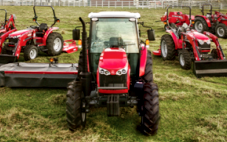 SPECS
SPECS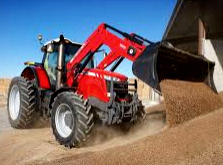 LOADERS
LOADERS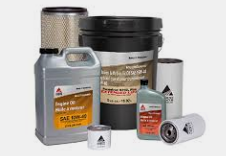 MAINTENANCE
MAINTENANCE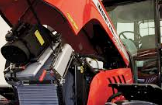 PROBLEMS
PROBLEMS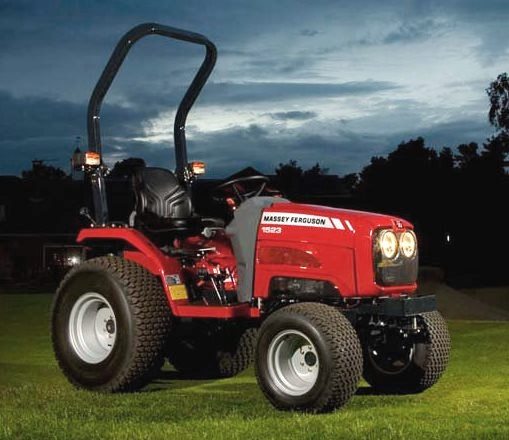 MF 1523
MF 1523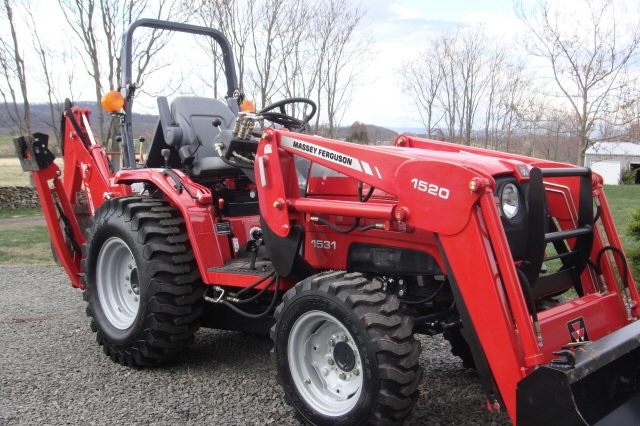 MF 1531
MF 1531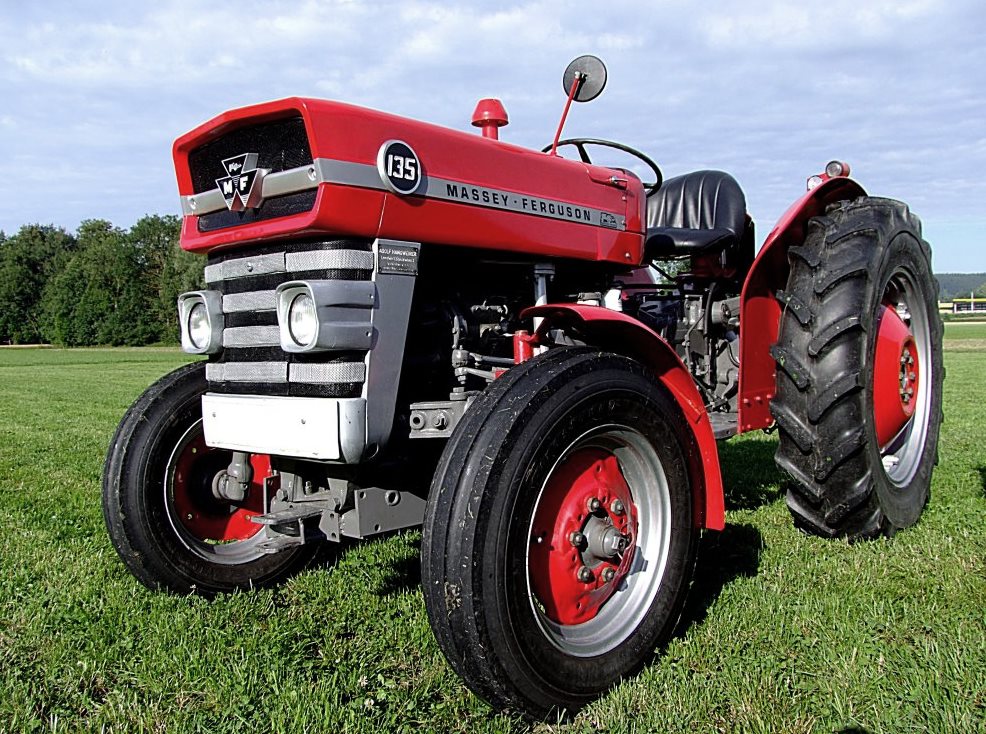 MF 135
MF 135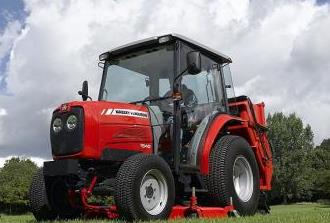 MF 1547
MF 1547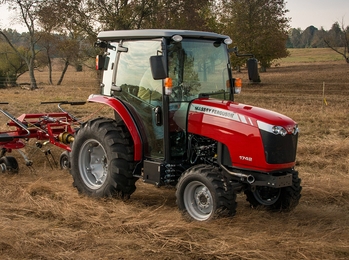 MF 1635
MF 1635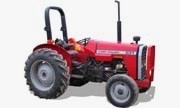 231
231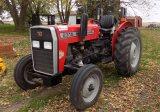 231S
231S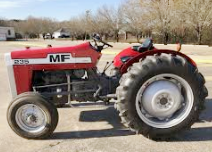 235
235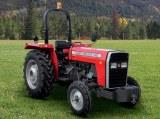 240
240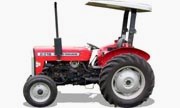 241
241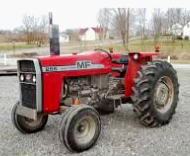 255
255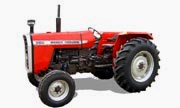 265
265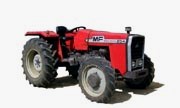 274
274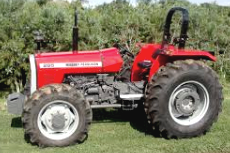 285
285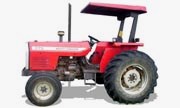 375
375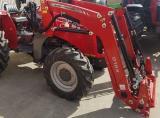 916X Loader
916X Loader 921X Loader
921X Loader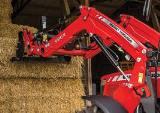 926X Loader
926X Loader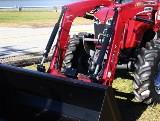 931X Loader
931X Loader 936X Loader
936X Loader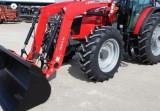 941X Loader
941X Loader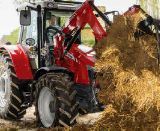 946X Loader
946X Loader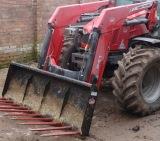 951X Loader
951X Loader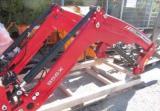 956X Loader
956X Loader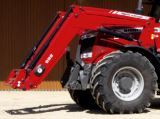 988 Loader
988 Loader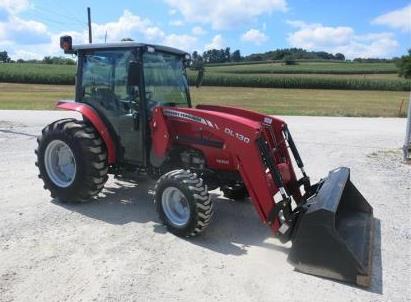 1655
1655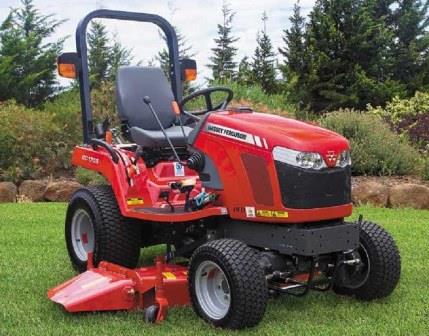 GS1705
GS1705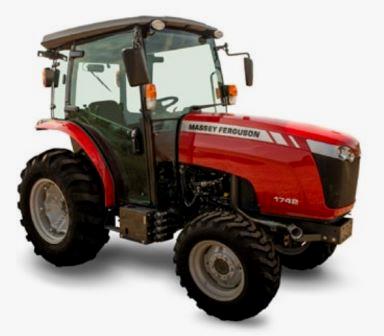 1742
1742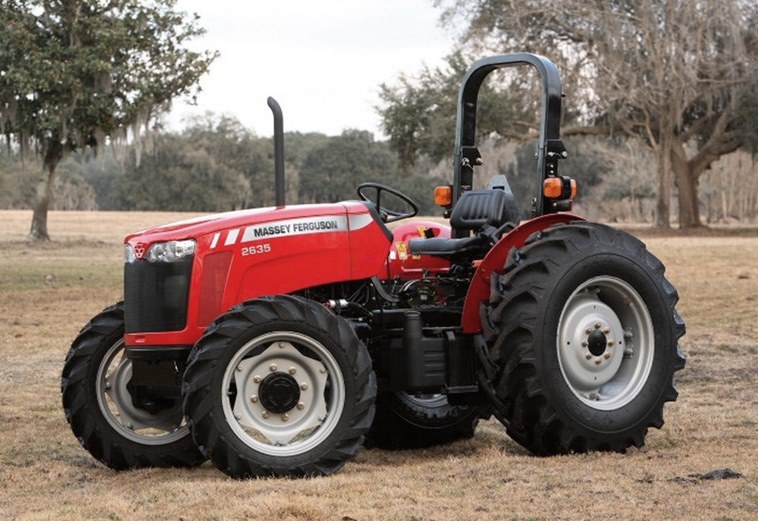 2635
2635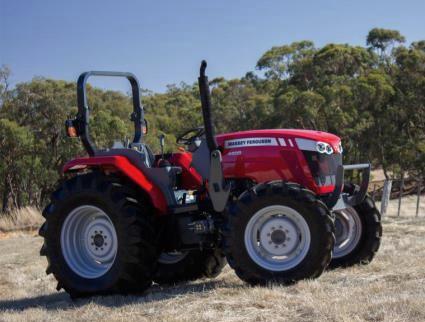 4608
4608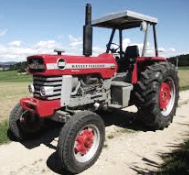 1080
1080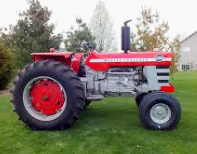 1100
1100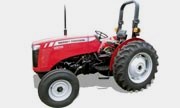 2615
2615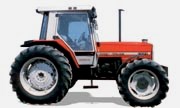 3050
3050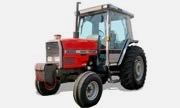 3060
3060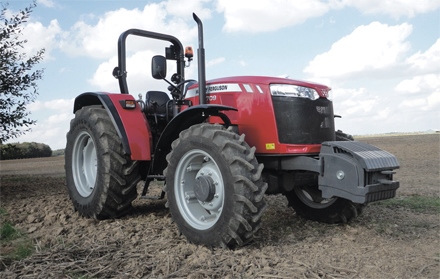 4708
4708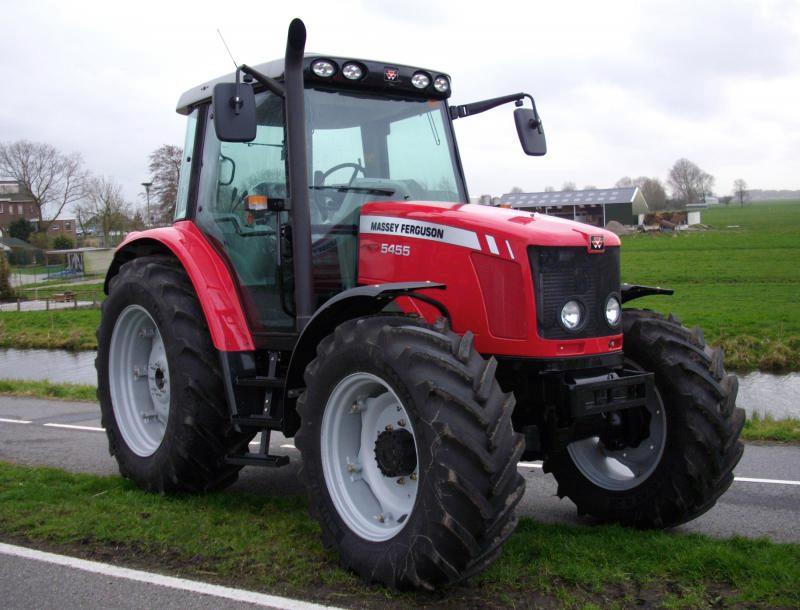 5455
5455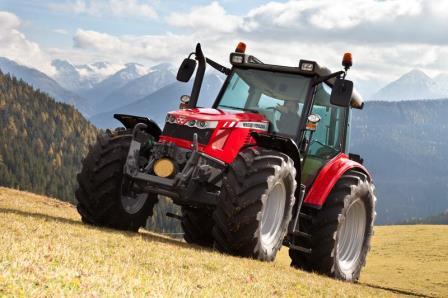 5450
5450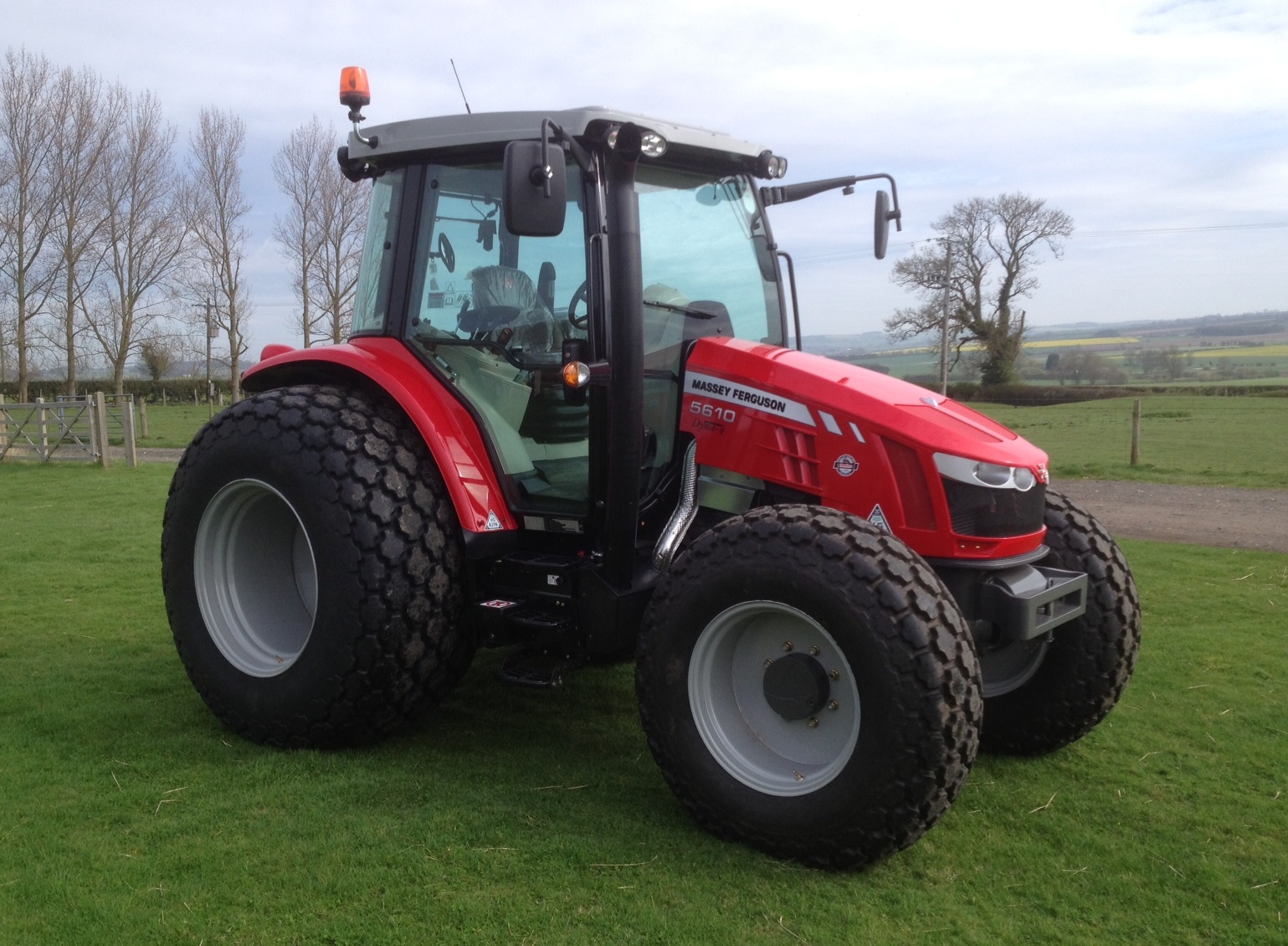 5610
5610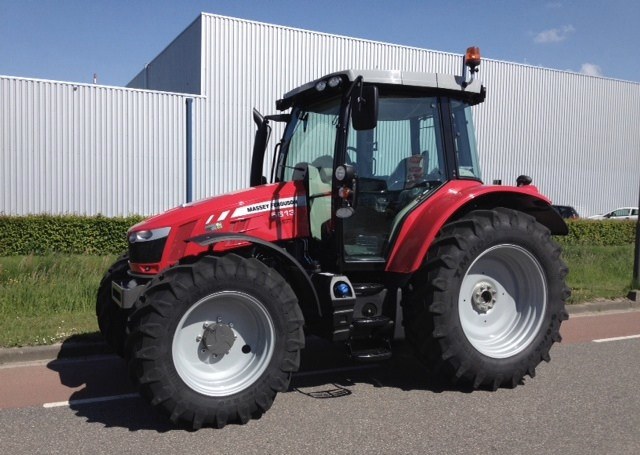 5613
5613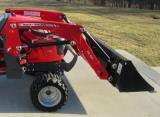 DL95 Loader
DL95 Loader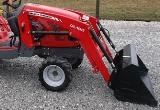 DL100 Loader
DL100 Loader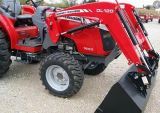 DL120 Loader
DL120 Loader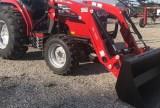 DL125 Loader
DL125 Loader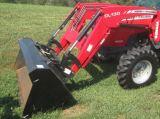 DL130 Loader
DL130 Loader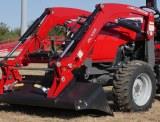 DL135 Loader
DL135 Loader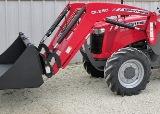 DL250 Loader
DL250 Loader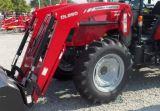 DL260 Loader
DL260 Loader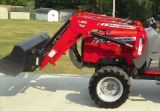 L90 Loader
L90 Loader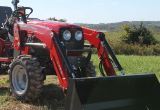 L100 Loader
L100 Loader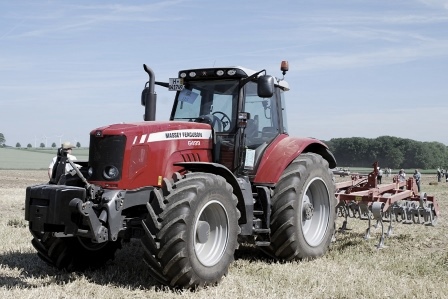 6499
6499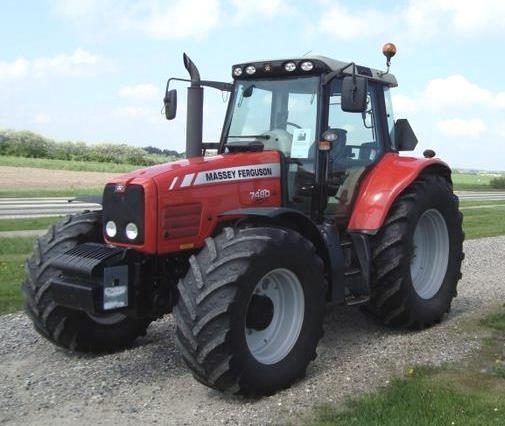 7480
7480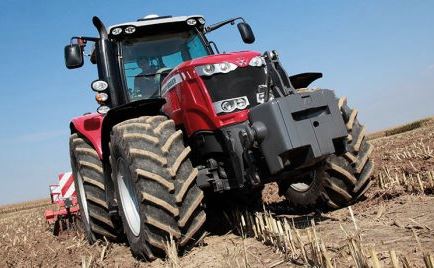 7618
7618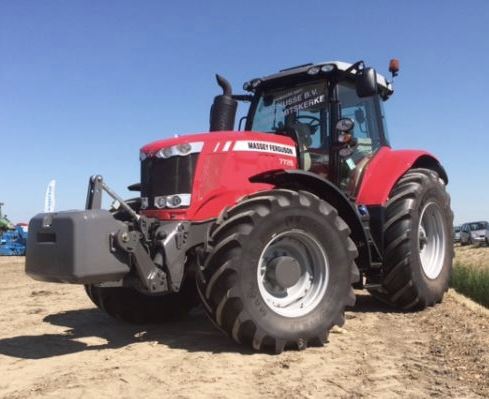 7726
7726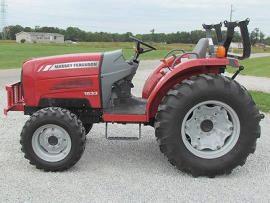 1533
1533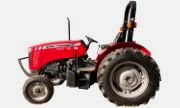 2604H
2604H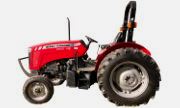 2607H
2607H 4455
4455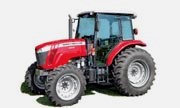 4610M
4610M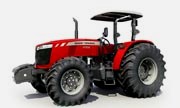 4710
4710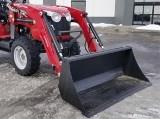 L105E Loader
L105E Loader L210 Loader
L210 Loader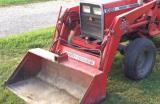 1014 Loader
1014 Loader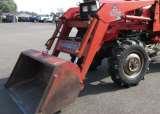 1016 Loader
1016 Loader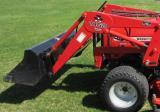 1462 Loader
1462 Loader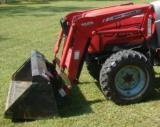 1525 Loader
1525 Loader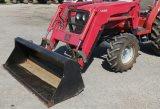 1530 Loader
1530 Loader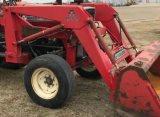 232 Loader
232 Loader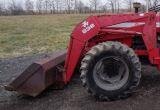 838 Loader
838 Loader 848 Loader
848 Loader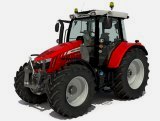 5712SL
5712SL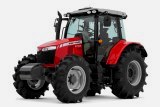 6713
6713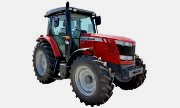 6715S
6715S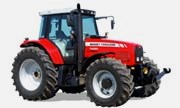 7475
7475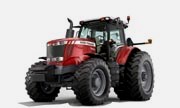 7615
7615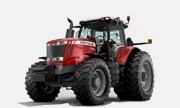 7716
7716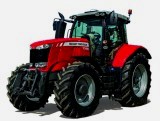 7724
7724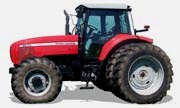 8240
8240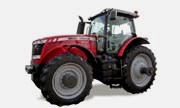 8650
8650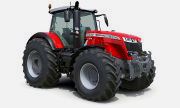 8732
8732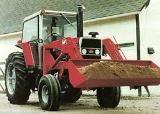 246 Loader
246 Loader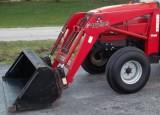 1036 Loader
1036 Loader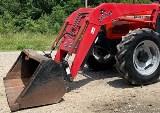 1038 Loader
1038 Loader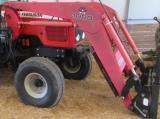 1080 Loader
1080 Loader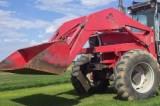 856 Loader
856 Loader